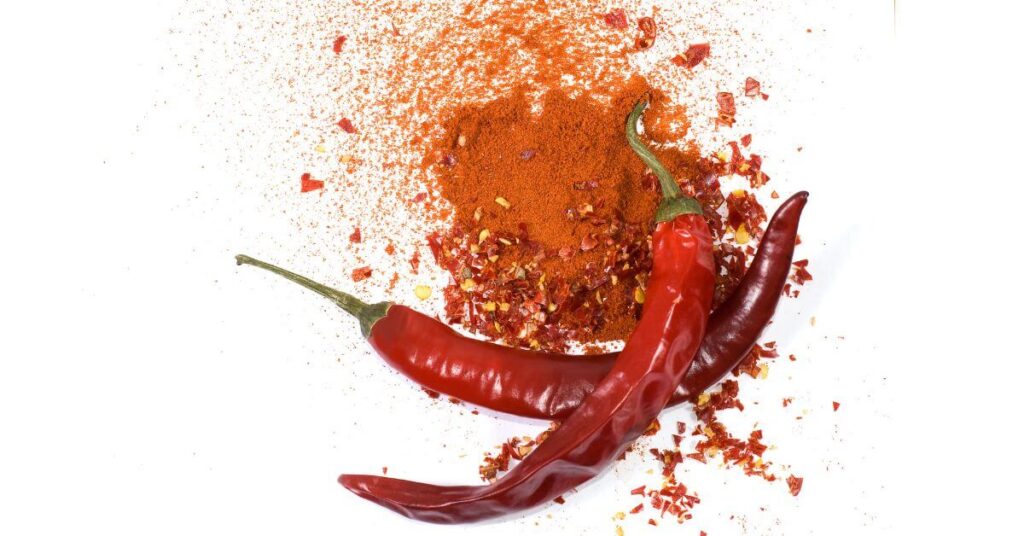
If you’ve ever eaten something too spicy, you know the feeling of having your mouth on fire. It can be an uncomfortable and even painful experience if the spices are hot! But not to worry, there are a few simple tricks you can do to get rid of spice in your mouth quickly. From drinking cold liquids to eating dairy products, these techniques will help cool down your taste buds and soothe burning sensations. Read on for some easy tips on how to get rid of the spicy taste in your mouth fast!
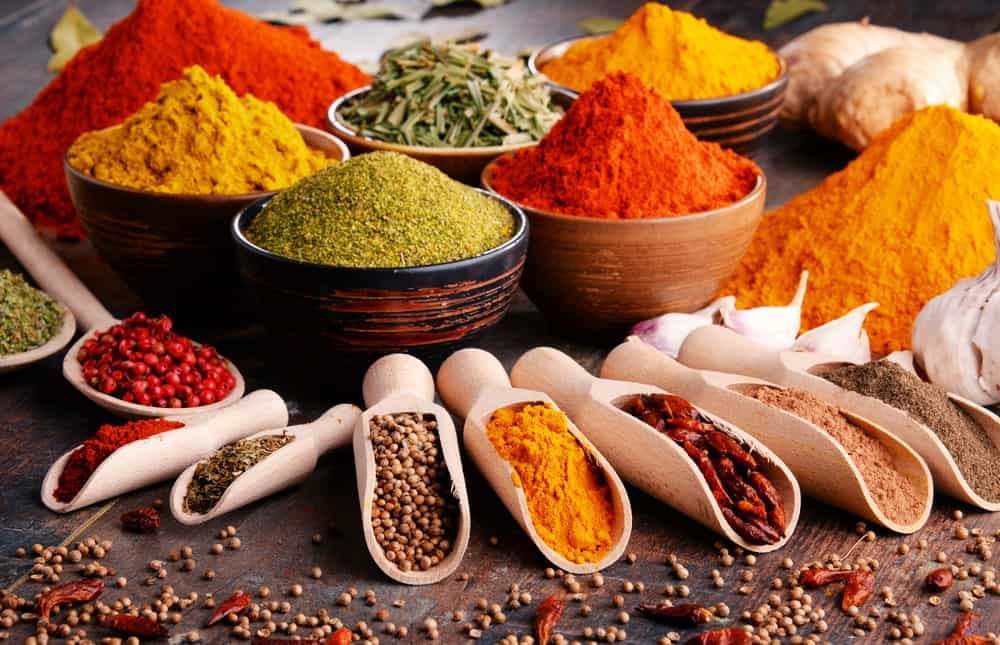
Imagine for a moment that you’re enjoying a batch of extra-hot wings or a dish of Thai green curry, and all of a sudden, your tongue starts tingling, your cheeks get red, your eyes tear up, and your face begins sweating.
That five-alarm fire in your mouth is enough to send anyone scrambling for something to cool things down. You’re not the first to react to spicy foods a little stronger than you could handle.
The popularity of sriracha and varieties of hot peppers (ex: the Chocolate Bhutlah) show that many people enjoy the sensation that spicy foods provide. However, too much of a good thing can be too much at times…
How do you get rid of that spicy taste in your mouth?
To calm down the spice when it’s overwhelming your taste buds involves a little bit of science – chemistry, to be exact, so that you know what foods or drinks are helpful and which ones to avoid.
How your body reacts to spicy food
Touching something hot and eating something spicy are different actions that trigger a similar response from your heat-triggered pain receptors.
But, instead of reacting to dangerous heat, your body reacts to a molecule called capsaicin when you eat spicy foods. Capsaicin is alkaline and oil-based, and it tricks the temperature-sensitive pain receptors into telling your brain that your mouth is burning.
The feeling can last for what feels like an eternity (although it’s only about 15 minutes)!
People who eat these foods frequently may become desensitized to capsaicin, while those who don’t often eat them may scramble for something to cool the sensation.
Note: The spiciness in foods, such as ginger and wasabi, comes from different compounds that also cause a burning feeling. However, this reaction usually only lasts for a few seconds.
What helps stop the burn from spicy food?
Ok, so let’s do a very quick science lesson. Since capsaicin is alkaline, it lands on the base side of the pH scale.
And, since it’s oil-based, it will dissolve in oil, fat, and alcohol. But, it will not dissolve in water because it’s like mixing oil and water.
Here are some dos and don’ts for getting rid of a spicy taste before you think your taste buds are permanently damaged (don’t worry, it’s not actually causing physical harm).
Foods and drinks to try and get rid of spice in your mouth
Let’s start with the things that will help cool your mouth down.
Dairy
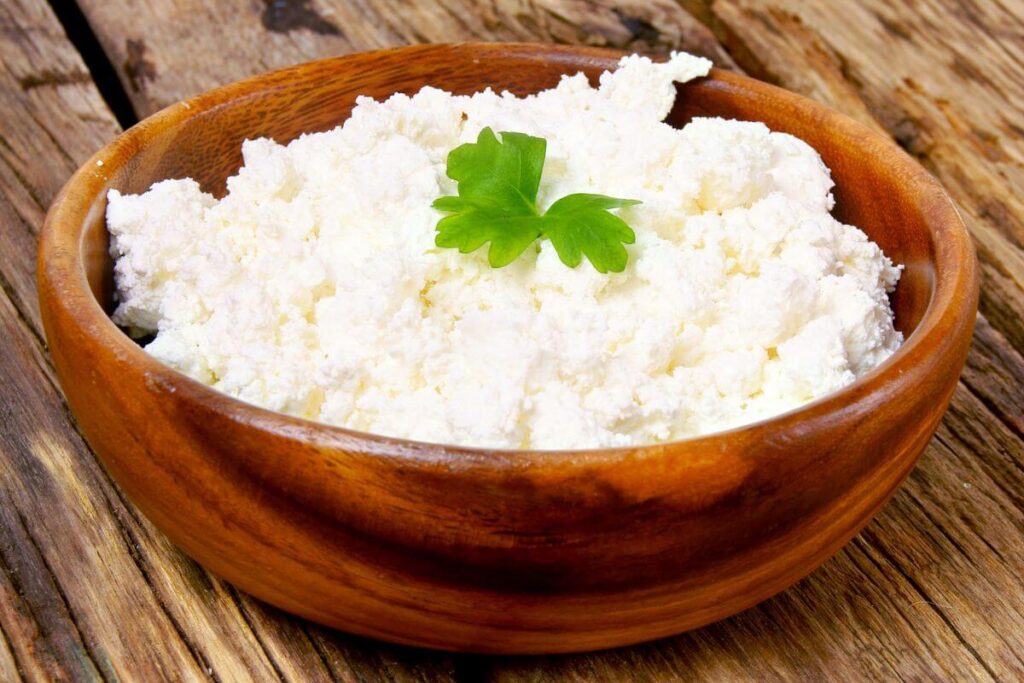
Dairy products contain fat and oil, which will dissolve the capsaicin and relieve the burning feeling.
It is far and above the most effective remedy because dairy items contain a protein called casein. The casein molecules attract and surround the capsaicin molecules (a.k.a. capsaicinoids) and then wash them away.
However, to be effective, you must eat dairy products that contain a lot of casein. When you want to get rid of spice in your mouth, reach for:
- Cow’s milk
- Yogurt
- Sour cream
- Cottage cheese
- Ice cream
Butter and cream only have small amounts of casein, so they may offer a small amount of relief, but less than other dairy products will provide.
Note: Since capsaicin binds to fat molecules, opt for full-fat dairy products for the most relief. Avoid skim milk which contains more water that can spread the discomfort.
Milk chocolate
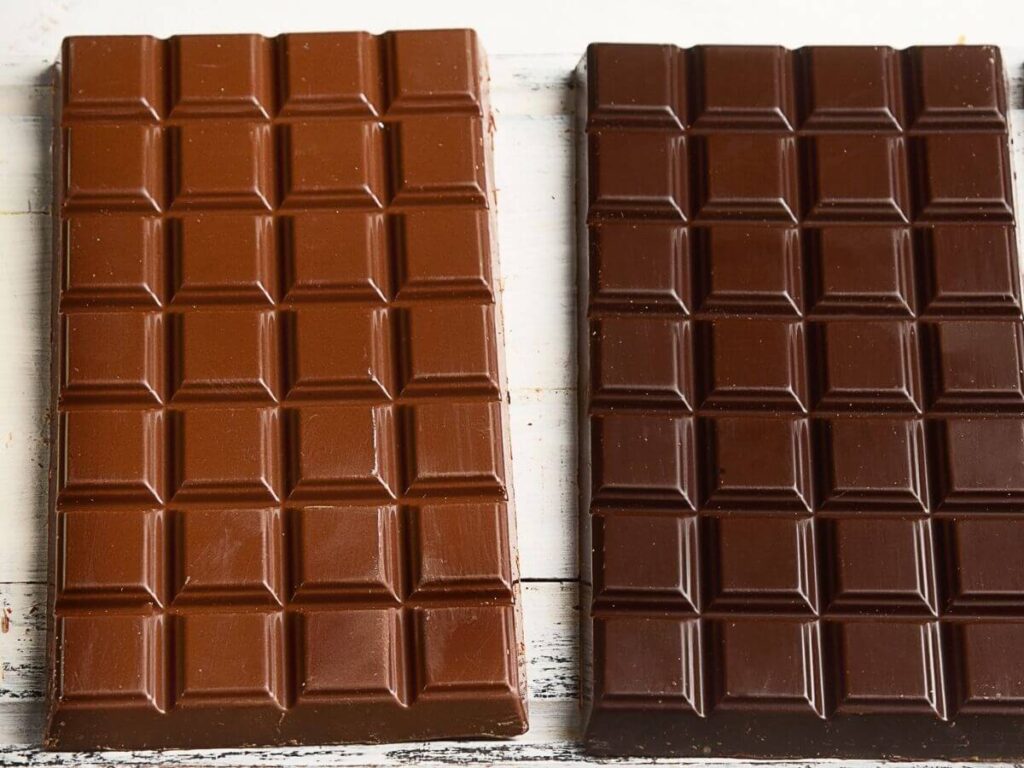
Since milk chocolate is a blend of sugar and milk (with some fat from the cocoa), it can also help lower the heat level in your mouth after eating something too spicy.
The chocolate will attract and absorb the capsaicin and help remove it from your mouth when you swallow. It won’t be as effective as full-fat dairy products, but it will help.
Bread and carbs
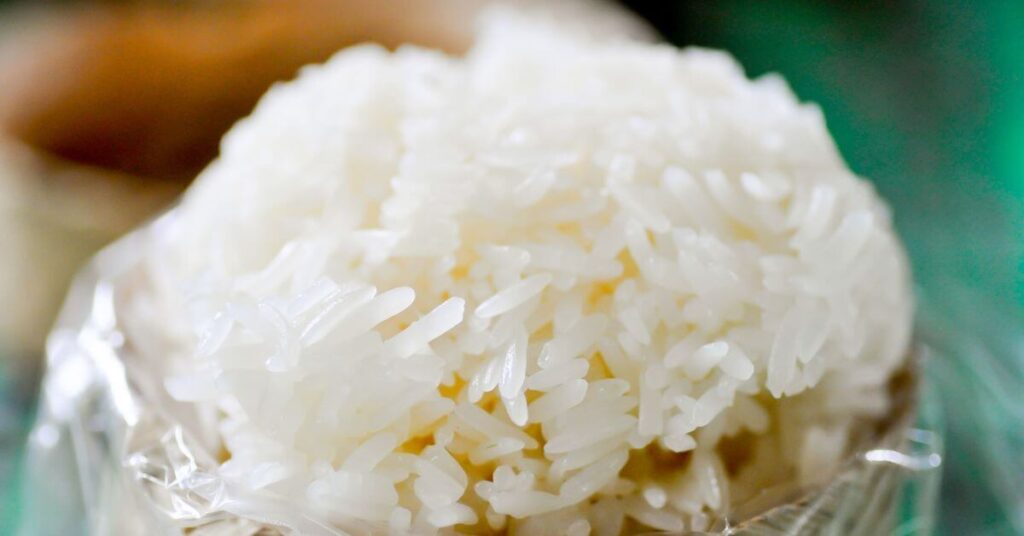
Surprised? Here’s how it works!
The carbs soak up the capsaicin molecules like a sponge while the sugar counteracts the burn. In addition, carbs tend to have some volume, which can act as a physical barrier between your mouth and capsaicin.
When you need to get rid of a spicy taste in your mouth, reach for some:
- Bread
- Rice
- Pasta
- Couscous
- Quinoa
- Tortilla
Think about how people from all around the world eat spicy food on a bed of white rice!
Peanut butter
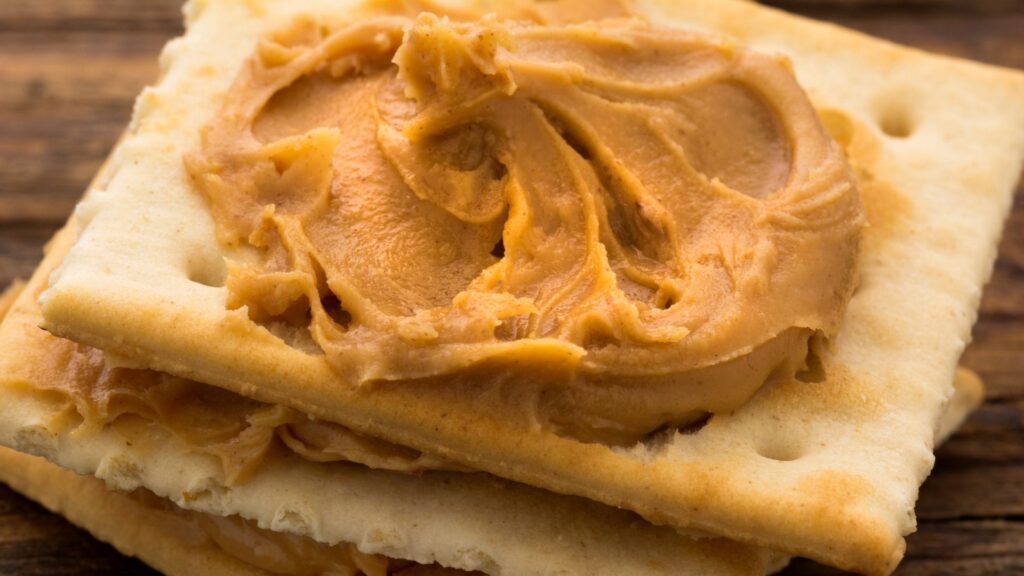
I mentioned earlier that capsaicinoids dissolve in fat and oil. You could swish olive, grapeseed, or coconut oil around your mouth and spit it out for fast relief.
However, if that’s not your thing, you can eat oily food high in fat, like peanut butter, to neutralize the spicy sensation. Similar foods such as cashew butter, almond butter, and tahini (a.k.a. sesame seed butter) can also be effective.
Lemon or lime juice
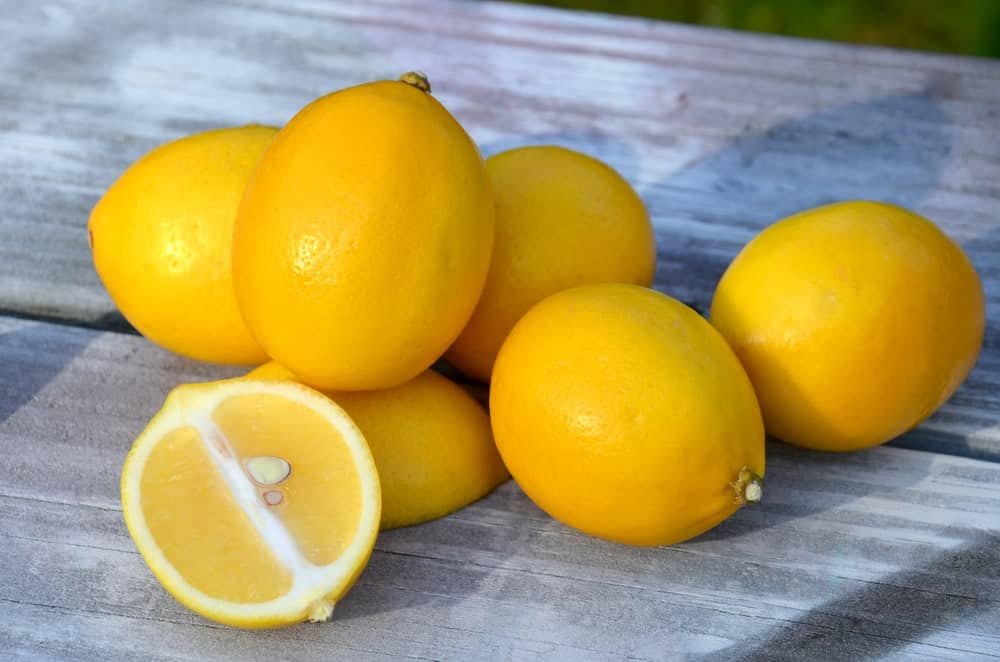
Since capsaicin is alkaline, acidic ingredients balance out the pH levels of the spicy oil and can help relieve the burning mouth sensation.
Citric fruits (lemons, limes, oranges) contain citric acid, which can effectively neutralize the burn. Other effective acids include:
- Tomatoes
- Vinegar
- Wine
- Pineapple
Add these items to your recipe if appropriate, or reach for them separately to stop your tongue from stinging.
Sugar
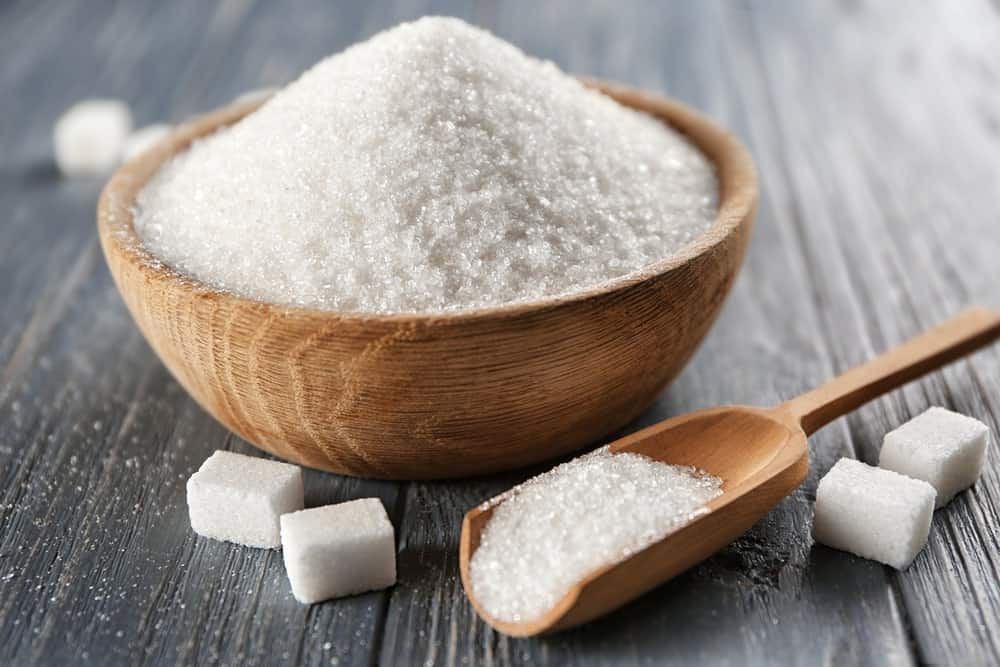
Mary Poppins was on to something. Not only does a spoonful of sugar help the medicine go down, but it can also help relieve the pain from spicy foods.
Sugar absorbs the capsaicinoids to reduce the heat and provide a different (distracting) flavor.
Honey is also effective. Just squirt a teaspoon on your tongue and allow it to coat your tongue!
Fun Fact: The Scoville scale, used to measure the spice level of chili peppers, was developed according to the concentration level of sugar water needed to reduce the chili pepper spiciness to the point of being undetectable.
Time
If none of these ideas help, hang in there because time will relieve the discomfort. Know that your skin isn’t actually burning. Rather, you’re just experiencing the burning sensation, which will end in a few minutes.
Now that you know what’s effective, it’s just as important to know what to avoid when that five-alarm fire is in full-burn mode.
Food and drinks to avoid
Don’t bother with these items because they won’t help relieve the burning sensation and could worsen it.
Water
Since capsaicin molecules are oil-based, they won’t dissolve in water. It’s truly a situation of mixing oil and water.
In fact, water will just spread them around, triggering even more pain receptors and making your mouth feel way worse.
Even if you try drinking a cold glass of water or chewing on ice, the coolness may help only a little. Unfortunately, the water molecules will still spread the burn as the oily molecules trigger more pain receptors.
Soda
Drinks such as seltzer water and soda are water-based, so reaching for them will get the same results as drinking water. They don’t work, so save yourself the pain and don’t try them.
Alcohol
Alcohol has been used to numb pain for decades (maybe even centuries). It will neutralize the capsaicinoids, but the ethanol can also amplify the burning sensation.
Even if alcohol is more effective than not, beer contains mostly water and is very ineffective.
Hard liquor (ex: vodka, tequila) will deliver slightly better results, but you must drink a lot to notice. So, it’s hard to say whether you find relief from neutralizing the capsaicin molecules or the dulled senses you get from drinking alcohol.
Hot beverages
No, I’m not referring to anything spicy here. Instead, I’m talking about (literally) hot drinks such as coffee or hot tea. First, the temperature-sensitive nerve endings that react to capsaicin are already on alert and will flare up even more when exposed to hot temperatures.
Second, most hot beverages you’re likely to drink are mostly water.
Hot drinks pack a double (unhelpful) whammy for removing spice in your mouth. Reach for something cold instead to find true relief (as long as it isn’t water-based!).
FAQs
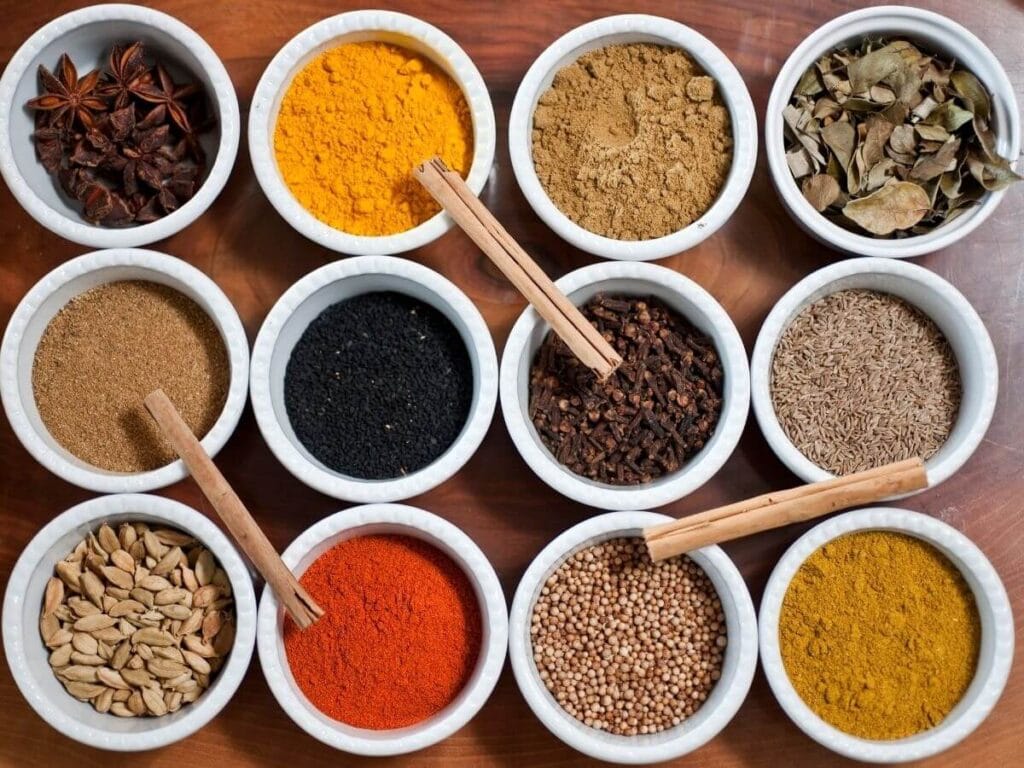
Here are a few frequently asked questions about cooling a burning sensation in your mouth.
Is spice tolerance mental or physical?
It’s a little bit of both. The physical part is how we feel the burn due to how the body’s pain receptors react to the capsaicinoids. The psychological (or mental) part is the degree to which we like the burning sensation.
Does ice help with spicy food?
Since ice is cold, it may seem logical that it will help cool the burn. Unfortunately, ice is water. It may numb the pain slightly, but it won’t relieve the sensation. Instead, enjoy a cold glass of milk or eat a slice of bread.
Does sugar help with spicy food?
Sugar can coat the capsaicin molecules to help dilute that spicy feeling. You can dissolve a tablespoon of sugar into a glass of water and drink it (feel free to add a little more if you ate something very spicy). The water may spread the burning sensation, but the sugar will help counteract it.
Alternatively, honey also works if you squirt it directly onto your tongue to coat it.
Does saliva help with spice?
Yes! Your body has a built-in mechanism for getting rid of capsaicinoids. It will begin producing excess tears, mucous, and saliva to wash away the molecules triggering your pain receptors.
Can you build up a spice tolerance?
Scientists have long wondered this, but surprisingly few studies have been conducted to investigate why some people are naturally more sensitive (or less tolerant) to spicy foods than others.
There are two common theories to account for this.
- The first is that people who enjoy spice have desensitized nerve endings, so they are less reactive to capsaicin.
- Another leading theory is that people who like to eat spicy foods have fewer pain receptors, so the reaction doesn’t overwhelm the experience of enjoying your next plate of hot chicken wings.
Even though scientists don’t know what makes one person guzzle a glass of milk while another savors the experience of eating spicy food, they know one thing. With enough exposure, most people can build up a tolerance for spicy food!
Train yourself to tolerate fiery products by starting small. Start by adding a couple of drops of hot sauce to your dish.
Also, focus on the flavor as you gradually increase the spice level. Don’t forget to keep something nearby to cool things down when they get too hot, and don’t force yourself to keep pushing forward if the discomfort you experience isn’t improving.
So the next time you eat a meal and need to get rid of a spicy taste in your mouth, grab a glass of milk to relieve the discomfort. If you don’t have any milk, try one of the other items (sugar, oil, carbs, or acids). But avoid water, alcohol, and hot beverages because they’ll only make your pain last longer.
You may also like:
- Chocolate Bhutlah 101: Everything You Didn’t Know But Wish You Did
- How to Roast Tomatoes for Salsa
- The Top 10 Fruit Candy Brands to Indulge Your Sweet Tooth
- What are the Different Pasta Sauce Options?
- Tomatillos-All About this Key Ingredient in Mexican Cuisine
